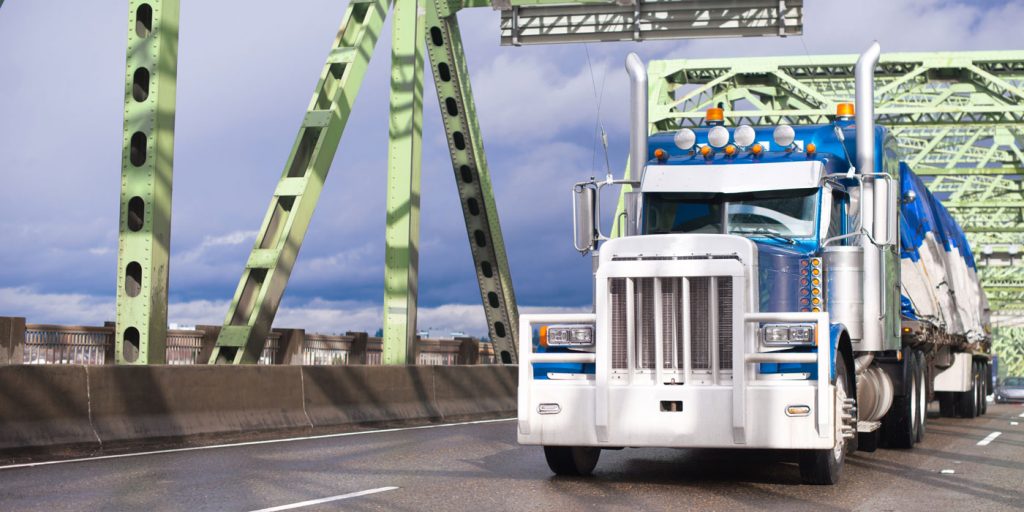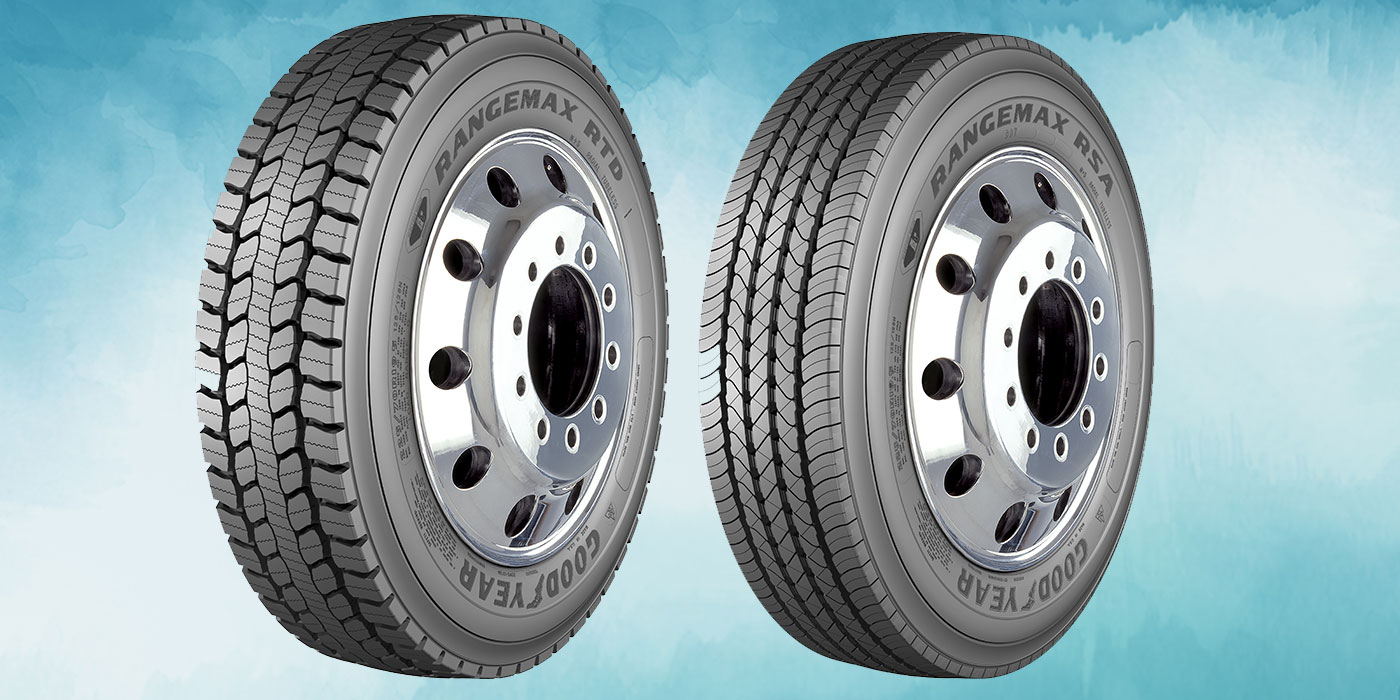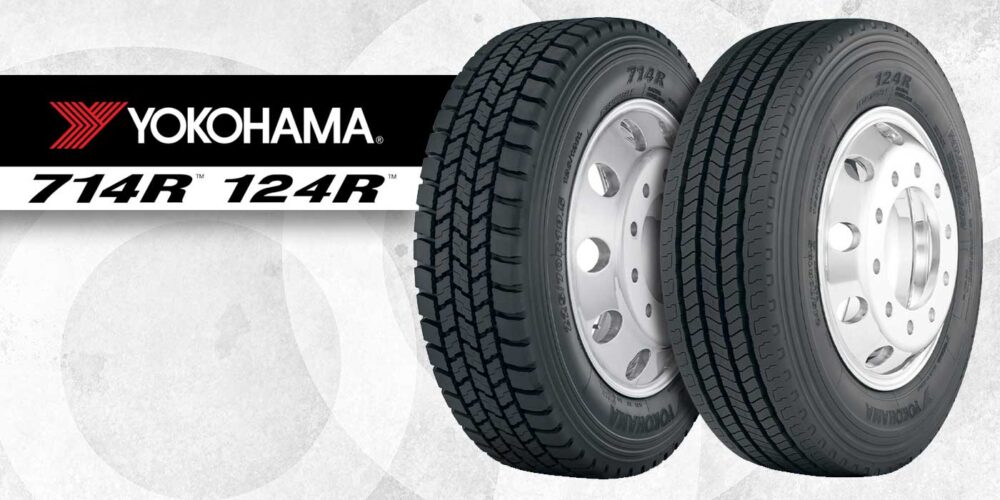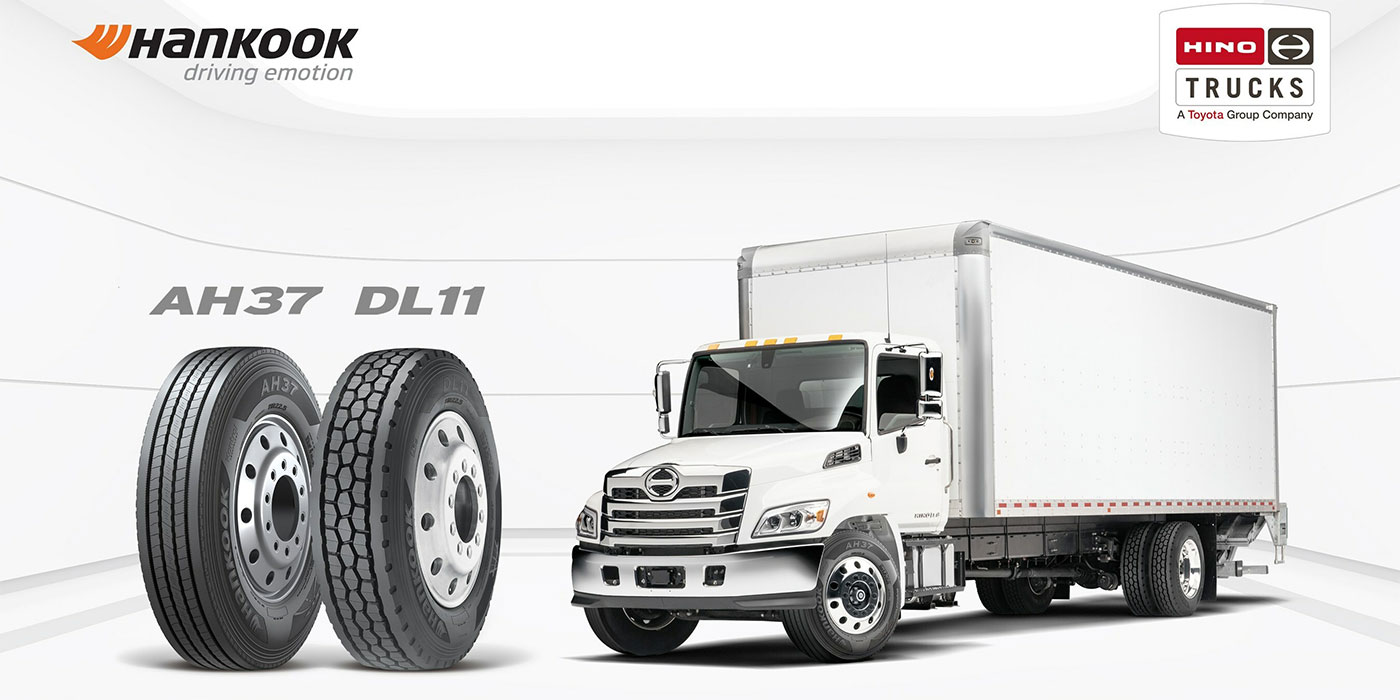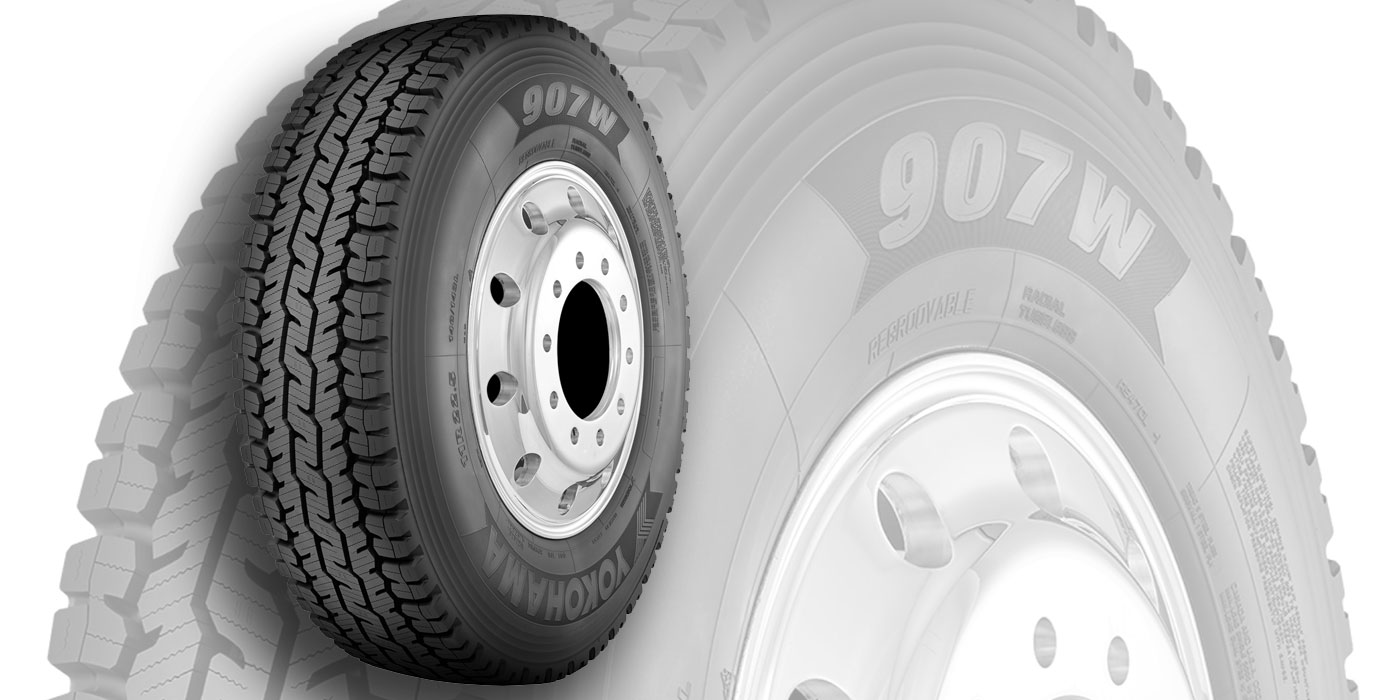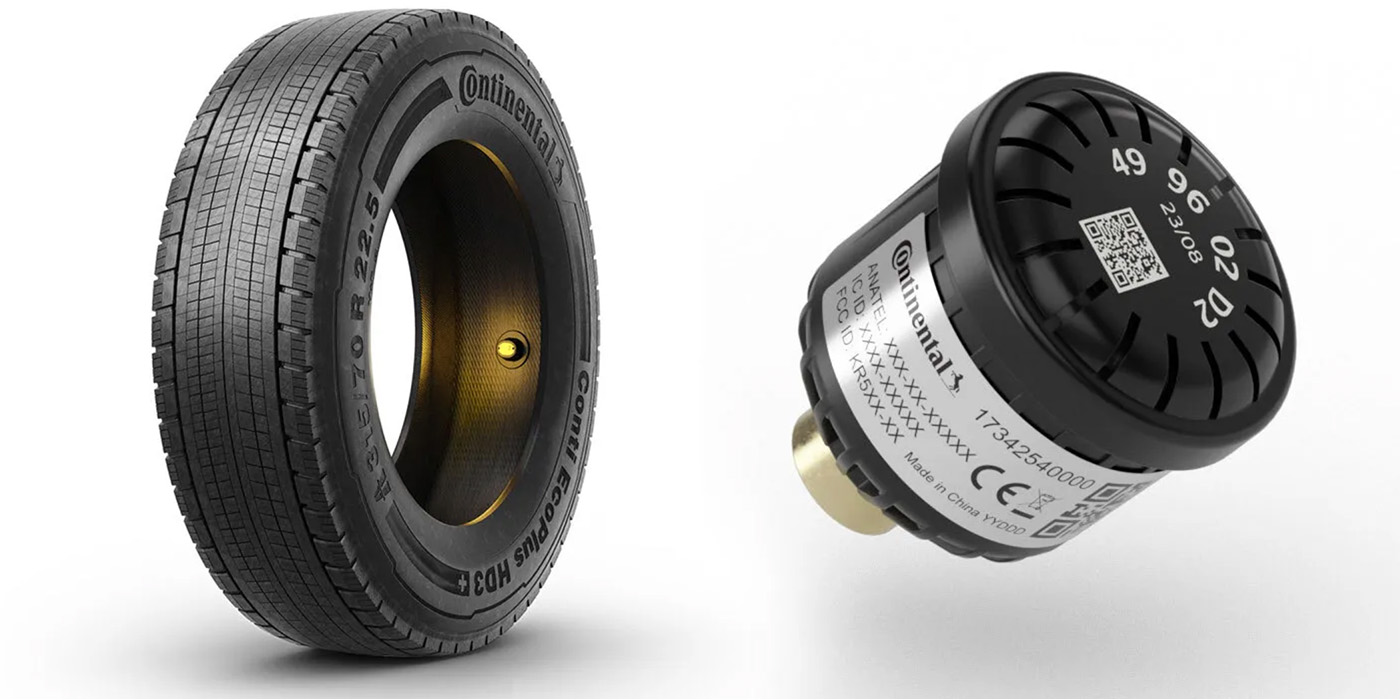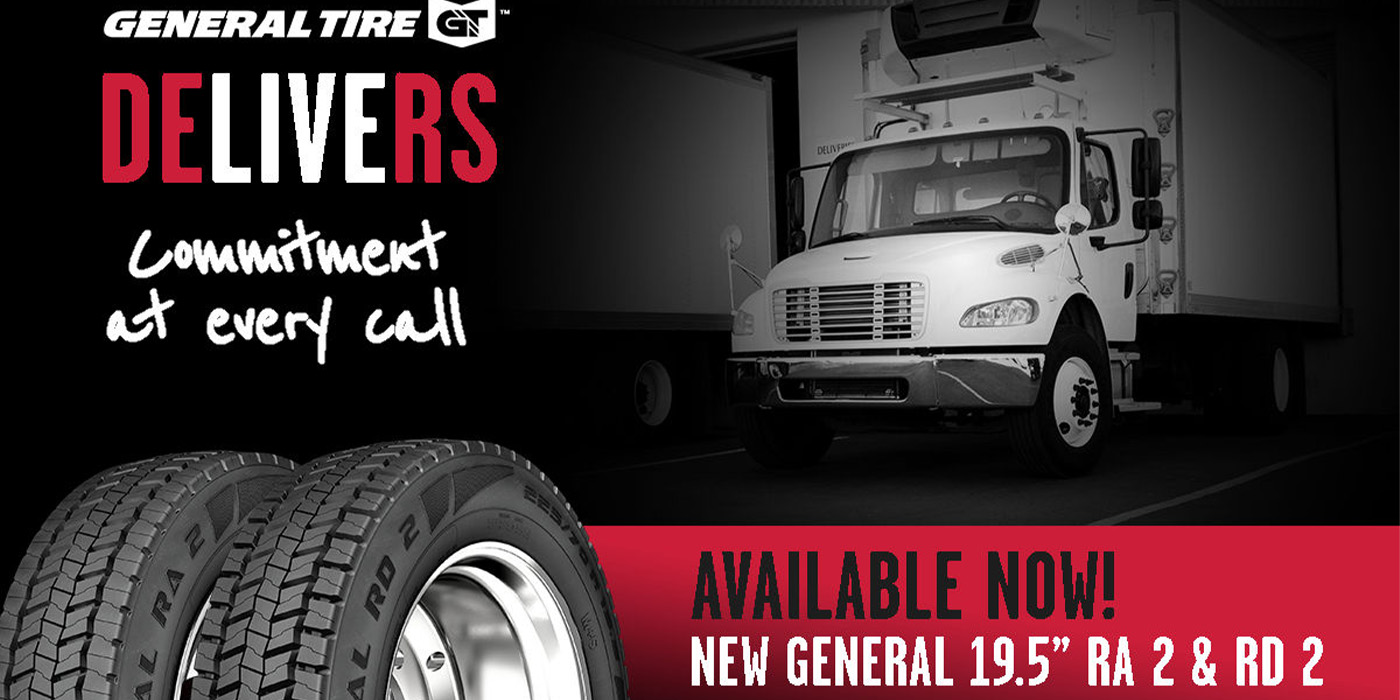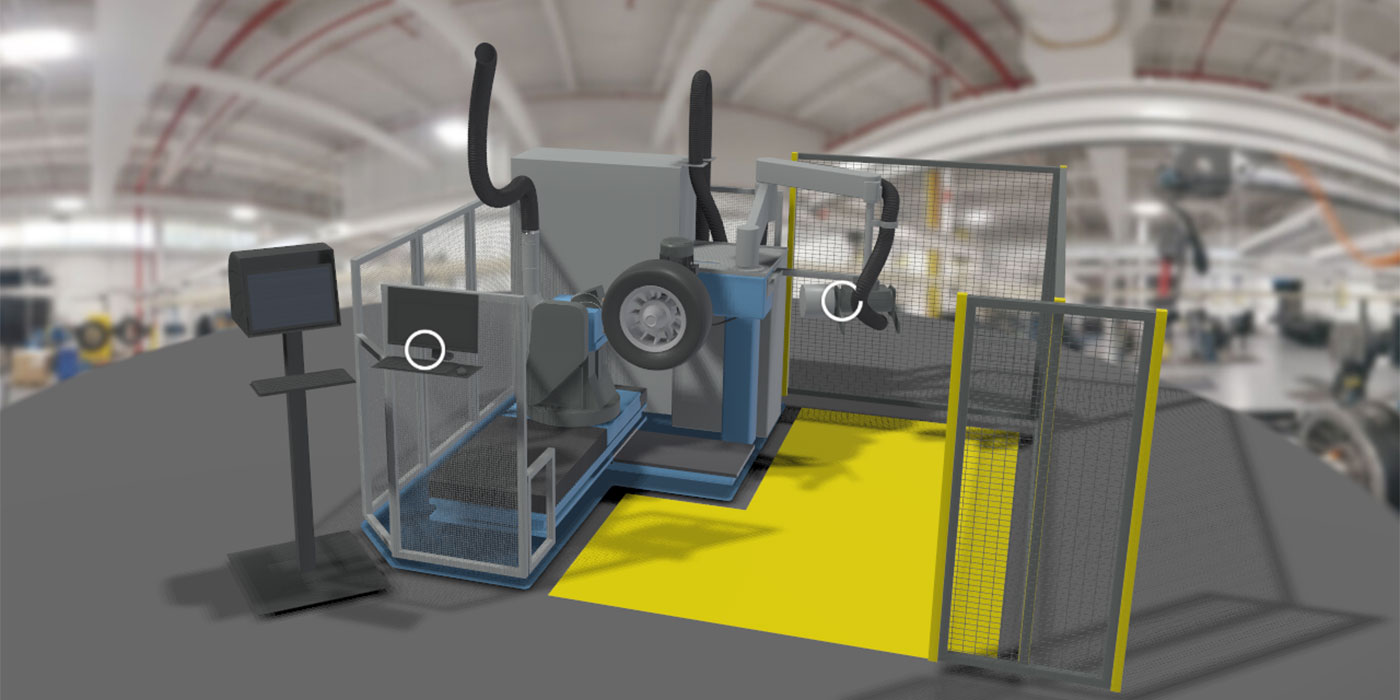By the very nature of their job, commercial truck tires are the true workhorses of the tire industry. They keep our nation’s fleet of trucks up and running. They keep our economy moving forward, supply chains functioning properly, and store shelves stocked with the things that we need and want.
And while our nation and the broader world is still battling and containing the coronavirus, the role of commercial truck tires in supporting our nation and its economy has become absolutely paramount.
That’s where we come in. That’s the tire industry’s role. And that’s precisely why our business is critical and essential, especially right now.
Time, Attention and Trust
Today, we invest our time delving into the world of steer tires because time, attention and trust are at an all-time premium. We, as tire industry professionals, expect a lot from a tire, as we should. That is especially true of commercial truck tires. And remarkably accurate of the expectations we place on the steer tire position in particular.
Whereas a typical dual-tire setup pairs two drive or trailer tires together to shoulder the burden of the heavy load, steer tires stand alone. The steer position is absolutely mission critical when it comes to keeping trucks on the road, freight moving and essential supply chains functioning properly.
According to Bridgestone’s Kyle Chen, “although the steer position does not contribute the greatest to fuel efficiency when compared to the drive or trailer positions, tires in the steer position wear the fastest and must be replaced more often, which also means that steer tires play a crucial role in driver safety.”
As the popular saying goes, “Price is what you pay. Value is what you get.” And when it comes to steer tires, I’m not so sure any of us can afford to cut any corners here. Commercial truck tires are an investment, and that’s especially true of the steer tire position.
The Trifecta of Fleet Demands
Each vehicle application requires different tire attributes. For example, a waste haul application will obviously require tires to perform and function differently than a regional highway application. The same holds true between long-haul steer tires verses drive and trail positions. But because the ability to build a leading long-haul steer tire is one of the rare few genuine differentiators between a truly world-class commercial tire manufacturer and the rest of the pack. It is the crown jewel of the commercial tire industry.
In manufacturing, steer tire design is all about precision. Continental Tire’s Helmut Keller says “the long distances that long-haul steer tires experience in the U.S. pose a unique set of challenges for tire developers. Any imperfections in either the tire layout or the manufacturing process are amplified and can result in irregular wear patterns.”
When our expectations are to run a long-haul steer tire upwards of 160,000 miles, that tire, its casing and each of its highly-engineered components must be nearly perfect on the day they are first mounted and must maintain incredibly high levels of performance for literally hundreds of thousands of miles.
When it comes to the long-haul steer application, fleets and owner/operators have a short, relatively simple, but critical list of demands that are not up for debate. And rightly so, given that a pair of truly world-class steer tires represents a sizeable investment per power unit for that fleet or operator.
When it comes to the long-haul steer position, the short list of absolute requirements fit nicely into what I’ll call the trifecta of demands.
- Fleets demand long miles to removal. As with most business models, people and payroll are the single biggest investment a fleet has on its balance sheet, followed by its two largest operating expenses: the fuel program and the tire program.
In the world of long-haul steer tires, our currency is measured in the hundreds of thousands of miles—and so we measure performance not by the price per tire on the invoice, but by the cost per mile on the road. And when fleets are shelling out upward of $1,000 per power unit to outfit them with the latest and greatest leading steer tire, the expectations for miles to removal are understandably high. It’s not uncommon to see consistent miles to removal results in the 160,000-210,000-mile range before tires are pulled and either retreaded or sentenced to life in prison in the trailer position. According to Goodyear’s Devin Dickerhoof, Goodyear engineers work to enhance what they refer to as the “performance triangle” of new tire technology to balance long miles to removal, fuel efficiency and traction. - Because once is never enough, fleets expect that at least some of their initial investment is tied up in the tire casing, itself a feat of modern engineering capable of withstanding many hundreds of thousands of road miles and multiple retread lifecycles. Many or perhaps even most fleets demand retreadability, and any leading and trusted professional retreader will tell you that that there’s no substitution for the real thing when it comes to casing quality. Genuine Grade-A casings fit into a relatively narrow box, dictated by brand, DOT and size. And according to Bridgestone, more than half of a commercial tires’ rolling resistance is attributed to the casing itself, which brings us to our next point.
- Throughout most of the free world, the wheels of innovation continue to turn, leading us bravely into a better and brighter future. In recent years, that has been especially true of the mobility industry of which much has been written. It’s apparent that the future of trucking probably involves some level of automation and electrification. Similarly, the tire manufacturers have stepped up valiantly to the challenge of building more fuel-efficient products. Bridgestone’s R284 Ecopia tire is one example of this and includes a new NanoPro-Tech advanced polymer, which provides a 5% improvement in rolling resistance compared to its predecessor. According to the U.S. Energy Information Administration, the 20-year moving average cost of on-highway diesel fuel is about $2.71 per gallon, whereas the current cost per gallon as of May 2020 is about 12% below that. Regardless, fuel efficiency matters because fleets and owner/operators use a lot of it, and fuel typically represents the largest operating cost to fleets on their balance sheets.
Consistency Breeds Remarkability
Uniform wear is the key to both long miles to removal and the total lifetime value of the tire that fleets demand. Consistency is pretty easy to talk about, but much more difficult in practice. We might think of a steer tire as a 120’ish pound hunk of rubber and other materials. But the reality is that a steer tire represents billions of dollars and untold millions of hours in research and development, countless iterations, years and decades of continuous improvement initiatives, and is often the embodiment of the bleeding edge of commercial tire industry innovation.
Consistency in design, compounding, manufacturing process and quality control is to the steer tire application what consistently hitting a breaking ball is to minor league baseball players who dream of playing in the big leagues. It is the differentiator.
According to Michelin’s Sharon Cowart, “the most important characteristic of a line haul steer tire is its ability to resist irregular wear. Fleets are looking for the best total cost of ownership, which includes wear life as well as fuel savings.”
Check out the rest of the June digital edition of Tire Review here.

